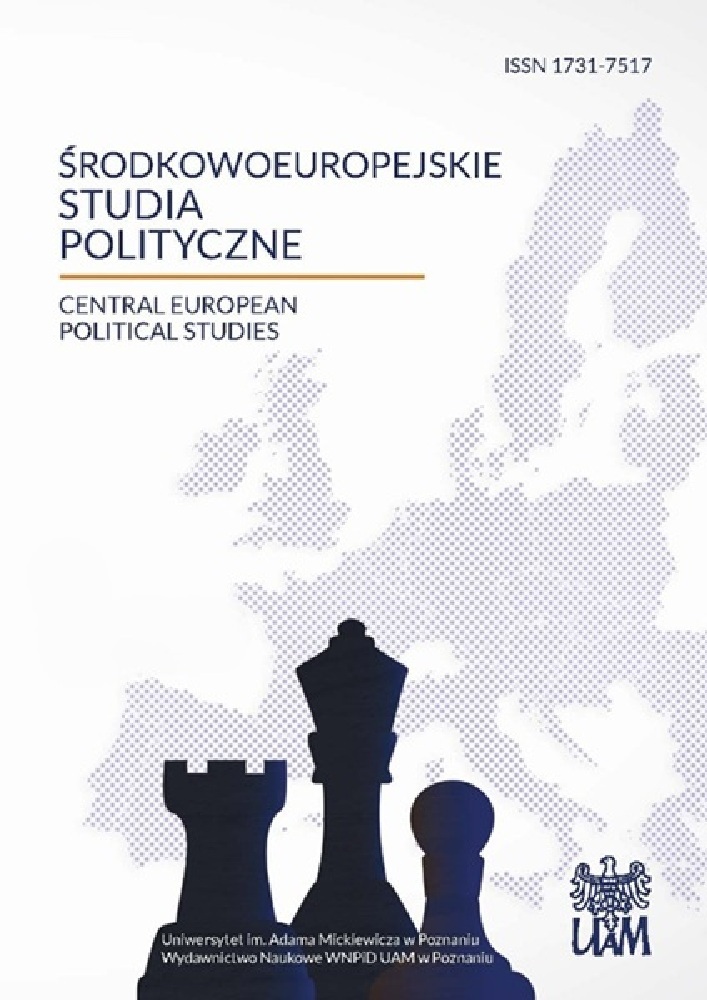Abstract
The party system is only shaping in contemporary Russia. The process commenced in 1990 when the change of the Constitution provided for free establishment of political parties in Russia. Banning of the Communist Party of the Soviet Union resulted in numerous new parties emerging with an ambition of becoming a dominating party in Russian politics. These attempts failed to succeed. Dynamic development of political organizations was related to democratic election procedures. Quantitative development was not conducive for the stability of political stage. Dispersed, insignificant political parties were not an efficient instrument of political influence. There were numerous attempts to consolidate the groups of similar political platforms, yet they did not generated expected results. Even the most important political campaigns related to parliamentary or presidential elections were unable to consolidate political parties in Russia. The absence of a clear parliamentary majority as well as dispersion and a clearly confrontational policy of the parties was conducive for increasingly stronger presidential authority. The lack of a clear party system resulted in a failed attempt to restore the former political system. In 1992–1993 attempts were made to provide political support for the so-called reformatory government. They failed to generate any permanent organizational solutions. Political elite was unable to consolidate either around the strategic objectives or around their leaders. In the initial period of democracy shaping in Russia a party system did not provide any support for this democracy. It was rather its caricature.License
Copyright
© 2004, Uniwersytet im. Adama Mickiewicza w Poznaniu, Wydawnictwo Naukowe Instytutu Nauk Politycznych i Dziennikarstwa
OPEN ACCESS
